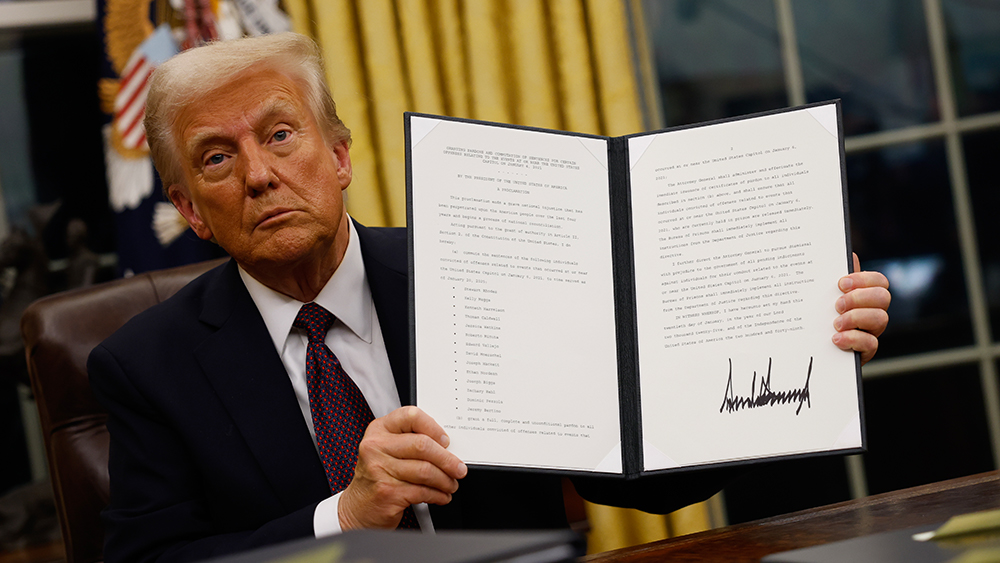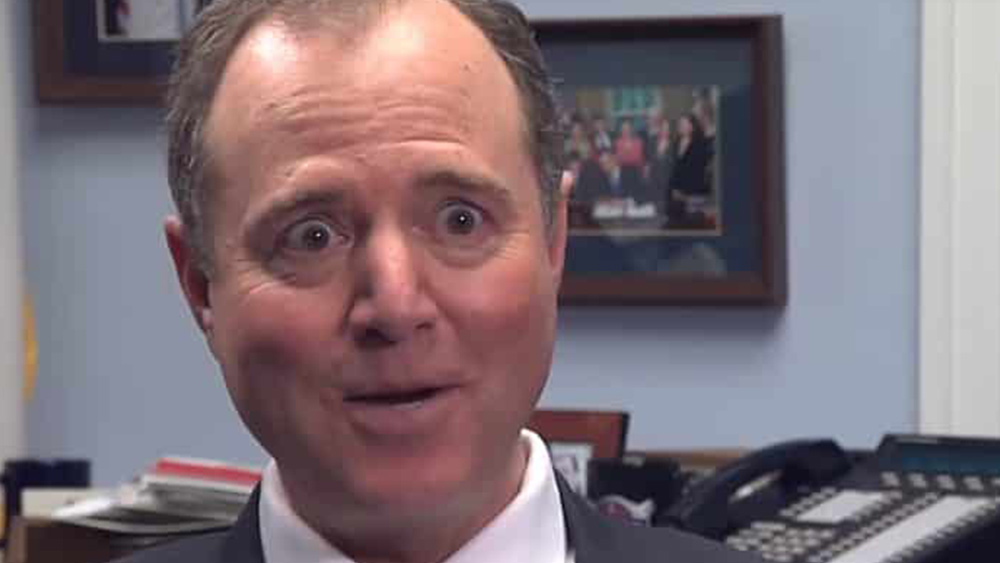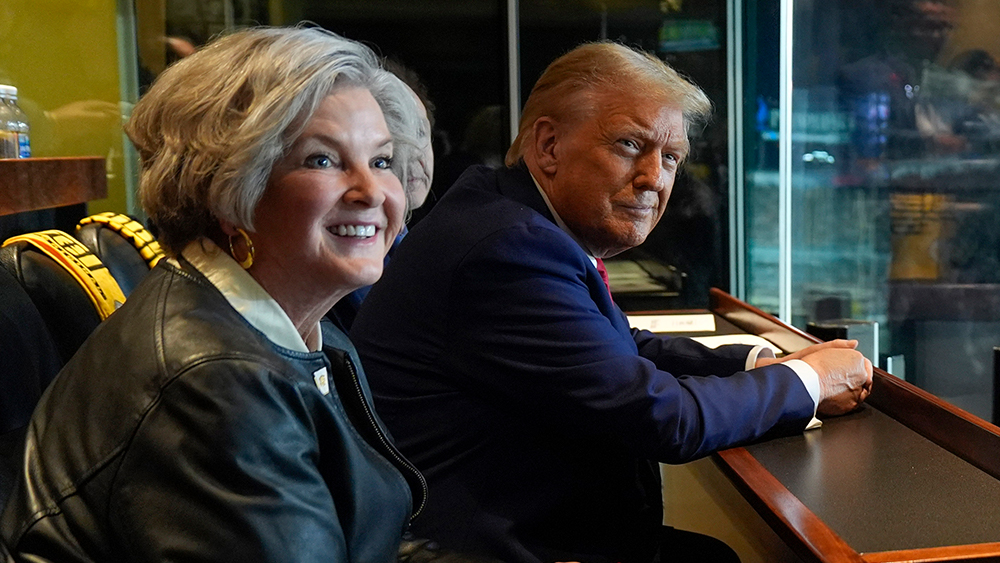 Parler
Parler Gab
Gab
- President Donald Trump signed an order on July 7 eliminating tax credits for wind and solar energy, aiming to phase out subsidies by 2027 and redirect focus to fossil fuels for national security and economic growth.
- The order enforces the One Big Beautiful Bill Act, terminating Clean Electricity Tax Credits within 45 days and tightening eligibility for renewable projects under construction.
- The president criticized renewable subsidies as costly and unreliable, emphasizing landscape disruption and dependence on foreign (e.g., Chinese) manufacturing in the industry.
- The order dismantles former President Biden's offshore wind expansions – branding them economically flawed – while prioritizing coal, nuclear and hydroelectric projects via deregulation.
- Critics warn the abrupt shift could destabilize renewables, forcing closures of solar factories. The move sparks a clash between deregulation advocates and green energy proponents, with global supply chain impacts anticipated.
Trump's energy reversal shakes up renewables
Critics, including Solar Energy Industries Association CEO Abigail Ross Hopper, warn the abrupt shift could destabilize the renewable sector, forcing closures of solar factories and undermining small businesses. In a statement, she slammed the OBBBA as a "significant step backward" for the U.S. energy economy. The policy marks a sharp reversal from the Biden administration's aggressive offshore wind expansions, which Trump's Monday order dismisses as economically and environmentally untenable. Historical tension over energy subsidies dates back decades but intensified under Obama-era green initiatives, which conservatives argue inflated dependency on intermittent energy. In January, Trump signed an EO declaring a national energy emergency. He framed the Jan. 20 order as a way to correct "burdensome and ideologically motivated regulations," urging deregulation to expedite coal, hydroelectric and nuclear projects. (Related: Trump declares national energy emergency to revive American energy dominance.) As federal agencies prepare compliance reports due within 45 days, the order sets the stage for a protracted battle between proponents of energy deregulation and renewable advocates who view subsidies as essential for climate goals. While the administration touts fiscal responsibility and energy independence, the ripple effects may reshape not only U.S. power infrastructure but also global supply chain dynamics. The White House is now betting on coal and oil to reclaim what it calls "energy dominance." But the coming months will test whether dismantling green incentives proves as transformative as Trump promises. Watch this Fox Business report about President Trump pursuing a "huge" energy project in Alaska. This video is from the NewsClips channel on Brighteon.com.More related stories:
Trump admin redirects $365M meant for solar power projects in Puerto Rico to more reliable fossil fuels. Trump Energy Department halts $400B Biden-era green energy loans. Trump's energy plan: A path to American prosperity and security. Sources include: TheEpochTimes.com WhiteHouse.gov Reuters.com Brighteon.comPresident Trump accuses California Sen. Adam Schiff of MORTGAGE FRAUD
By Ramon Tomey // Share
“Unaccountable” exposes the shadowy web of elite corruption undermining democracy
By Belle Carter // Share
Trump’s vaccine role and tariff policies face scrutiny over alleged deaths and economic risks
By Finn Heartley // Share
Trump calls Epstein allegations a ‘Hoax,’ sparks outrage among MAGA base
By Finn Heartley // Share
U.K. government’s secret cover-up highlights democratic crisis as truth becomes “unpublishable”
By Willow Tohi // Share
Trump torches former supporters as “weaklings,” disregards Epstein files as “hoax”
By Lance D Johnson // Share
Governments continue to obscure COVID-19 vaccine data amid rising concerns over excess deaths
By patricklewis // Share
Tech giant Microsoft backs EXTINCTION with its support of carbon capture programs
By ramontomeydw // Share
Germany to resume arms exports to Israel despite repeated ceasefire violations
By isabelle // Share










